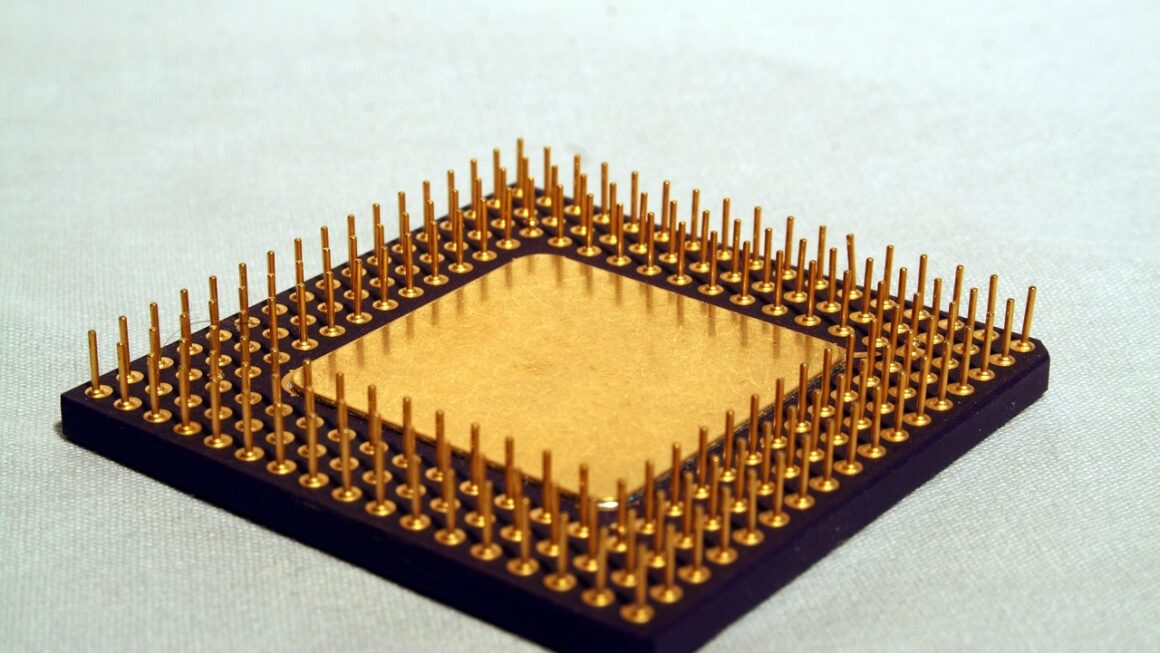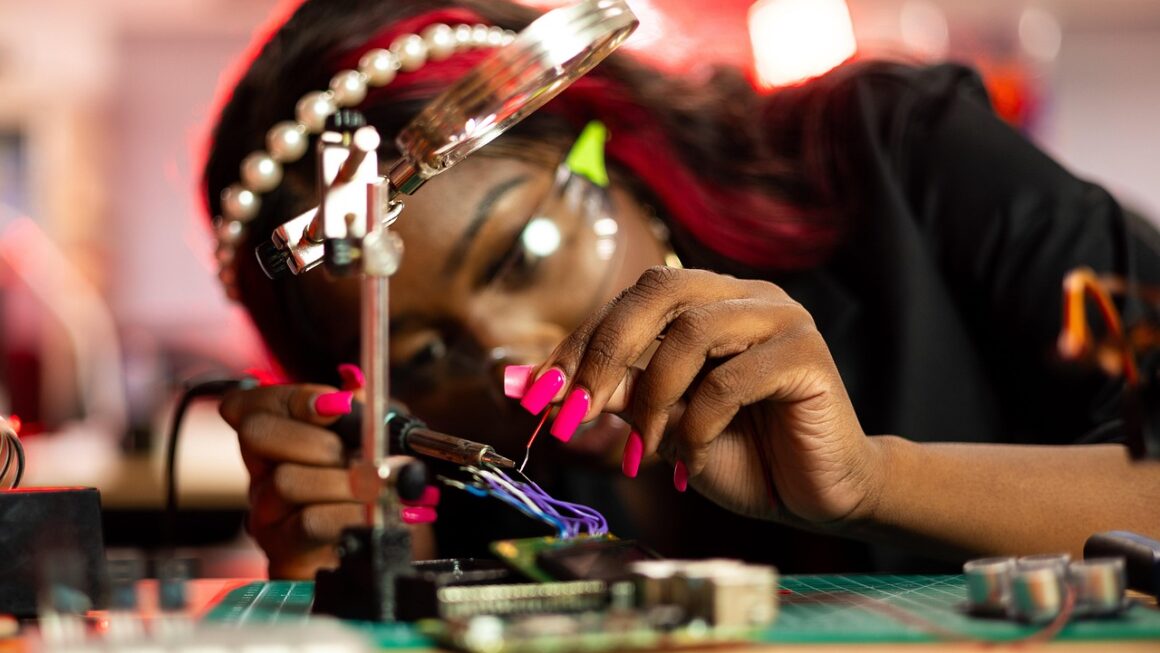Educational toys are more than just playthings; they are powerful tools that can stimulate cognitive development, enhance problem-solving skills, and ignite a lifelong love of learning in children. From building blocks to science kits, the market is flooded with options designed to entertain and educate. But how do you choose the right ones for your child’s age and developmental stage? This guide will delve into the world of educational toys, exploring their benefits, types, and how to select the best options for your child’s unique needs.
The Importance of Educational Toys
Fostering Cognitive Development
Educational toys play a crucial role in fostering cognitive development. They encourage children to think critically, solve problems, and develop their understanding of the world around them. For example:
- Problem-solving: Toys like puzzles and construction sets require children to strategize and find solutions, enhancing their problem-solving skills.
- Critical thinking: Science kits and coding toys encourage children to analyze information and make informed decisions.
- Spatial reasoning: Building blocks and shape sorters help children develop spatial awareness and understand geometric concepts.
According to a study by the National Association for the Education of Young Children (NAEYC), play is essential for children’s cognitive, social, and emotional development. Educational toys that incorporate play-based learning can significantly enhance these areas.
Enhancing Creativity and Imagination
Beyond cognitive development, educational toys also nurture creativity and imagination. Toys that allow for open-ended play, such as art supplies and dress-up costumes, encourage children to express themselves and create their own worlds. Consider these benefits:
- Artistic expression: Painting sets, modeling clay, and musical instruments provide outlets for creative expression and artistic exploration.
- Imaginative play: Dress-up costumes, play kitchens, and dollhouses encourage imaginative role-playing and storytelling.
- Innovation: Building sets and construction toys allow children to design and build their own creations, fostering innovation and inventiveness.
For example, a simple set of wooden blocks can transform into a castle, a spaceship, or anything else a child can imagine. This type of open-ended play is crucial for developing creativity and critical thinking skills.
Types of Educational Toys
STEM Toys
STEM toys focus on science, technology, engineering, and mathematics. They are designed to introduce children to these subjects in a fun and engaging way.
- Science Kits: These kits often include experiments that teach basic scientific principles, such as chemistry, physics, and biology. Examples include volcano kits, crystal growing kits, and simple circuit building sets.
- Robotics Kits: These kits allow children to build and program their own robots, introducing them to coding and robotics concepts. LEGO Boost and VEX Robotics are popular choices.
- Coding Toys: These toys teach children the basics of coding through games and activities. Examples include Code-a-pillar, Osmo Coding Starter Kit, and programmable robots like Botley.
STEM toys are particularly valuable in preparing children for future careers in STEM fields, which are projected to grow rapidly in the coming years. According to the U.S. Bureau of Labor Statistics, employment in STEM occupations is projected to grow 10.8 percent from 2021 to 2031, much faster than the average for all occupations.
Language and Literacy Toys
These toys are designed to enhance language development, reading skills, and overall literacy.
- Alphabet Puzzles: These puzzles help children learn the alphabet and develop letter recognition skills.
- Reading Games: Games like Scrabble Junior and Boggle Junior make learning to read fun and engaging.
- Storytelling Sets: These sets include puppets, props, and storybooks that encourage children to create and tell their own stories.
- Phonics Toys: Toys that focus on phonics, like LeapFrog’s Phonics Fun Factory, help children understand the relationship between letters and sounds.
Early literacy skills are crucial for academic success. According to the National Center for Education Statistics, children who are read to at home are more likely to succeed in school. Language and literacy toys can supplement reading activities and make learning fun.
Math and Logic Toys
These toys focus on developing mathematical skills and logical reasoning abilities.
- Number Puzzles: Puzzles that involve numbers, shapes, and patterns help children develop number sense and spatial reasoning.
- Counting Games: Games like Sum Swamp and Yahtzee Junior make learning math fun and interactive.
- Shape Sorters: These toys help children learn about shapes and develop fine motor skills.
- Building Blocks: Building blocks can be used to teach basic math concepts like addition, subtraction, and multiplication.
Strong math skills are essential for success in many areas of life. According to a study by the Organisation for Economic Co-operation and Development (OECD), students with strong math skills are more likely to pursue STEM careers and earn higher incomes.
Selecting the Right Educational Toys
Age Appropriateness
Choosing toys that are age-appropriate is crucial for ensuring that they are both challenging and engaging. Consider the following:
- Infants (0-12 months): Toys with bright colors, different textures, and sounds are ideal for stimulating sensory development. Examples include rattles, soft blocks, and activity gyms.
- Toddlers (1-3 years): Toys that encourage fine motor skills, problem-solving, and language development are beneficial. Examples include shape sorters, building blocks, and picture books.
- Preschoolers (3-5 years): Toys that foster creativity, imagination, and social skills are essential. Examples include art supplies, dress-up costumes, and board games.
- School-aged Children (6+ years): Toys that challenge their cognitive abilities and encourage critical thinking are ideal. Examples include science kits, coding toys, and strategy games.
Always check the manufacturer’s age recommendations on the toy packaging and consider your child’s individual developmental stage.
Safety Considerations
Safety should always be a top priority when selecting toys for children. Consider the following:
- Materials: Choose toys made from non-toxic materials and avoid toys with small parts that could be a choking hazard.
- Durability: Select toys that are durable and can withstand rough play.
- Certifications: Look for toys that have been tested and certified by reputable organizations, such as the Consumer Product Safety Commission (CPSC).
Regularly inspect toys for damage and discard any that are broken or worn. Supervise young children while they are playing with toys, especially those with small parts.
Aligning with Interests
Choose toys that align with your child’s interests and passions. This will make learning more enjoyable and engaging.
- If your child loves animals: Consider animal-themed puzzles, books, and science kits.
- If your child enjoys building: Opt for construction sets, building blocks, and model kits.
- If your child is interested in science: Choose science kits, telescopes, and microscopes.
By selecting toys that align with your child’s interests, you can foster a love of learning and encourage them to explore their passions.
Conclusion
Educational toys are valuable tools for promoting cognitive, social, and emotional development in children. By choosing toys that are age-appropriate, safe, and aligned with your child’s interests, you can help them develop essential skills and foster a lifelong love of learning. From STEM toys to language and literacy tools, the options are endless. Invest in quality educational toys and watch your child thrive as they explore the world around them.




